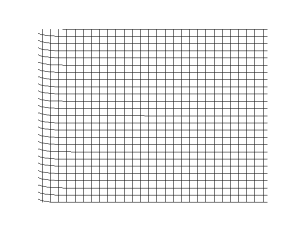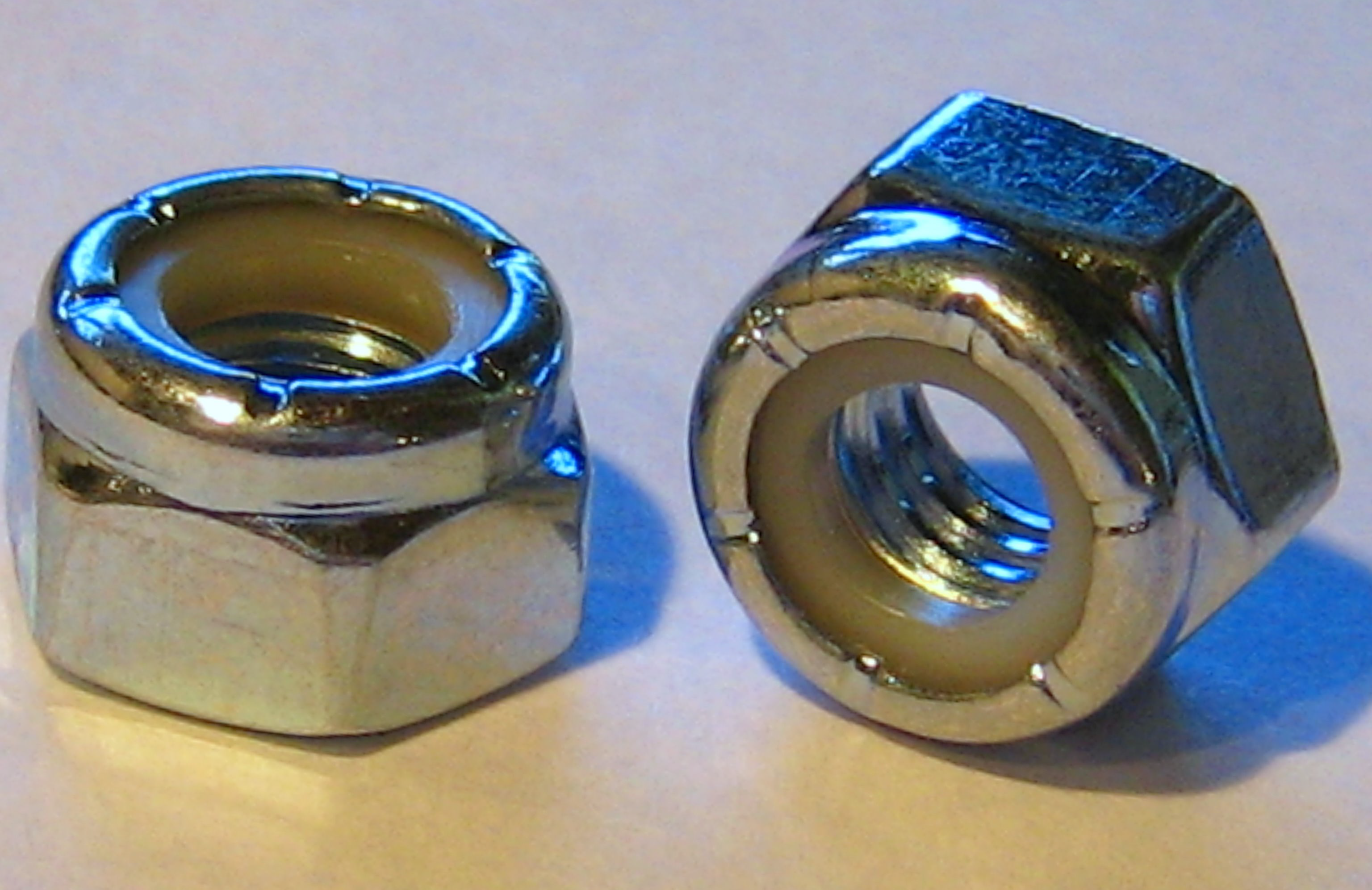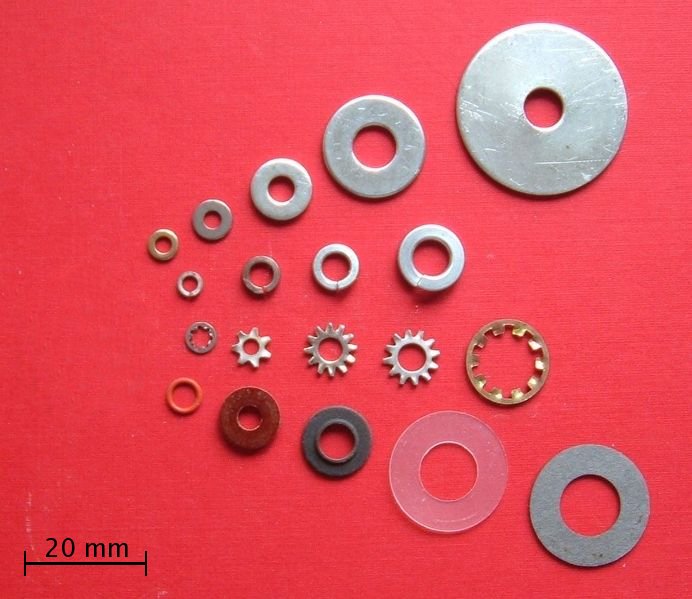|
Junker Test
A Junker test is a mechanical test to determine the point at which a bolted joint loses its preload when subjected to shear loading caused by transverse vibration. Design engineers apply the Junker test to determine the point at which fastener securing elements – such as lock nuts, wedges and lock washers – fail when subjected to vibration. The data collected by the test enables design engineers to specify fasteners that will perform under a wide range of conditions without loosening. Research into the causes of vibration-induced self-loosening of threaded fasteners spans six decades and the causes of self-loosening are now well understood. It was pioneering experimental research into the behaviour of bolted joints under transverse loads, conducted by German engineer Gerhard Junker in the late 1960s which underpins modern theories on self-loosening behaviour. Junker’s test methodology and apparatus described in his 1969 paper has since become known as the Junker test and ... [...More Info...] [...Related Items...] OR: [Wikipedia] [Google] [Baidu] |
Mechanical Testing
Mechanical testing covers a wide range of tests, which can be divided broadly into two types: # those that aim to determine a material's mechanical properties, independent of geometry. # those that determine the response of a structure to a given action, e.g. testing of composite beams, aircraft structures to destruction, etc. Mechanical testing of materials There exists a large number of tests, many of which are standardized, to determine the various mechanical properties of materials. In general, such tests set out to obtain geometry-independent properties; i.e. those intrinsic to the bulk material. In practice this is not always feasible, since even in tensile tests, certain properties can be influenced by specimen size and/or geometry. Here is a listing of some of the most common tests:Ed. Gale, W.F.; Totemeier, T.C. (2004), Smithells Metals Reference Book (8th Edition), Elsevier *Hardness Testing **Vickers hardness test (HV), which has one of the widest scales **Brinell h ... [...More Info...] [...Related Items...] OR: [Wikipedia] [Google] [Baidu] |
Bolted Joint
A bolted joint is one of the most common elements in construction and machine design. It consists of a male threaded fastener (e. g., a bolt) that captures and joins other parts, secured with a matching female screw thread. There are two main types of bolted joint designs: tension joints and shear joints. Joint types In a tension joint, the bolt and clamped components of the joint are designed to transfer an applied tension load through the joint by way of the clamped components by the design of a proper balance of joint and bolt stiffness. The joint should be designed such that the clamp load is never overcome by the external tension forces acting to separate the joint. If the external tension forces overcome the clamp load (bolt preload) the clamped joint components will separate, allowing relative motion of the components. The second type of bolted joint transfers the applied load in shear of the bolt shank and relies on the shear strength of the bolt. Tension loads on such ... [...More Info...] [...Related Items...] OR: [Wikipedia] [Google] [Baidu] |
Preload (engineering)
Preload is an engineering term with several meanings. In the general sense, it refers to the internal application of stress to certain mechanical systems. Fastener preload ' The most common usage is to describe the load applied to a fastener as a result of its being installed, i.e., before any external loads are applied (e.g., tightening the nut on a bolt). Preload in such cases is important for several reasons. First, a tightened bolt experiences only a small fraction of any external load that will be applied later, so that a fully tightened bolt can (depending on the exact application) sustain a much greater load than a loosely tightened bolt. Second, a nut that is correctly tightened will resist becoming loose under the influence of vibration, temperature cycling, etc. Bearing preload Internal stress to a bearing through application of negative clearance is known as bearing preloading. Advantages of preloading include the following: maintain axial and radial position for a ... [...More Info...] [...Related Items...] OR: [Wikipedia] [Google] [Baidu] |
Shearing (physics)
In continuum mechanics, shearing refers to the occurrence of a shear strain, which is a deformation of a material substance in which parallel internal surfaces slide past one another. It is induced by a shear stress in the material. Shear strain is distinguished from volumetric strain. The change in a material's volume in response to stress and change of angle is called the angle of shear. Overview Often, the verb ''shearing'' refers more specifically to a mechanical process that causes a plastic shear strain in a material, rather than causing a merely elastic one. A plastic shear strain is a continuous (non-fracturing) deformation that is irreversible, such that the material does not recover its original shape. It occurs when the material is yielding. The process of shearing a material may induce a volumetric strain along with the shear strain. In soil mechanics, the volumetric strain associated with shearing is known as Reynolds' dilation if it increases the volume, o ... [...More Info...] [...Related Items...] OR: [Wikipedia] [Google] [Baidu] |
Transverse Wave
In physics, a transverse wave is a wave whose oscillations are perpendicular to the direction of the wave's advance. This is in contrast to a longitudinal wave which travels in the direction of its oscillations. Water waves are an example of transverse wave. A simple example is given by the waves that can be created on a horizontal length of string by anchoring one end and moving the other end up and down. Another example is the waves that are created on the membrane of a drum. The waves propagate in directions that are parallel to the membrane plane, but each point in the membrane itself gets displaced up and down, perpendicular to that plane. Light is another example of a transverse wave, where the oscillations are the electric and magnetic fields, which point at right angles to the ideal light rays that describe the direction of propagation. Transverse waves commonly occur in elastic solids due to the shear stress generated; the oscillations in this case are the displa ... [...More Info...] [...Related Items...] OR: [Wikipedia] [Google] [Baidu] |
Design Engineer
A design engineer is an engineer focused on the engineering design process in any of the various engineering disciplines (including civil, mechanical, electrical, chemical, textiles, aerospace, nuclear, manufacturing, systems, and structural /building/architectural) and design disciplines like Human-Computer Interaction. Design engineers tend to work on products and systems that involve adapting and using complex scientific and mathematical techniques. The emphasis tends to be on utilizing engineering physics and other applied sciences to develop solutions for society. A design engineer usually works with a team of other engineers and other types of designers (e.g. industrial designers), to develop conceptual and detailed designs that ensure a product functions, performs, and is fit for its purpose. They may also work with marketers to develop the product concept and specifications to meet customer needs, and may direct the design effort. In many engineering areas, a distincti ... [...More Info...] [...Related Items...] OR: [Wikipedia] [Google] [Baidu] |
Locknut
A locknut, also known as a lock nut, locking nut, self-locking nut, prevailing torque nut,. stiff nut or elastic stop nut, is a nut that resists loosening under vibrations and torque. Prevailing torque nuts have some portion of the nut that deforms elastically to provide a locking action. Free-spinning locknuts exist which carry the advantage of not requiring extra torque until seated. Types There are various kinds of specialised lock nuts, including: * Castellated nut * Distorted thread locknut ** Centerlock nut ** Elliptical offset locknut ** Toplock nut ** Philidas nut * Interfering thread nut ** Tapered thread nut * Jam nut * Jet nut (K-nut). * Keps nut A Keps nut, (also called a k-lock nutMcMaster, p3125 or washer nut), is a nut with an attached, free-spinning washer Washer most commonly refers to: *Washer (hardware), a thin usually disc-shaped plate with a hole in the middle typically used ... (K-nut or washer nut) with a free-spinning washer. In the lock ... [...More Info...] [...Related Items...] OR: [Wikipedia] [Google] [Baidu] |
Washer (hardware)
A washer is a thin plate (typically disk-shaped, but sometimes square) with a hole (typically in the middle) that is normally used to distribute the load of a threaded fastener, such as a bolt or nut. Other uses are as a spacer, spring ( Belleville washer, wave washer), wear pad, preload indicating device, locking device, and to reduce vibration (rubber washer). Washers are usually metal or plastic. High-quality bolted joints require hardened steel washers to prevent the loss of pre-load due to brinelling after the torque is applied. Washers are also important for preventing galvanic corrosion, particularly by insulating steel screws from aluminium surfaces. They may also be used in rotating applications, as a bearing. A ''thrust washer'' is used when a rolling element bearing is not needed either from a cost-performance perspective or due to space restraints. Coatings can be used to reduce wear and friction, either by hardening the surface or by providing a solid lubricant ( ... [...More Info...] [...Related Items...] OR: [Wikipedia] [Google] [Baidu] |
Vibration
Vibration is a mechanical phenomenon whereby oscillations occur about an equilibrium point. The word comes from Latin ''vibrationem'' ("shaking, brandishing"). The oscillations may be periodic, such as the motion of a pendulum—or random, such as the movement of a tire on a gravel road. Vibration can be desirable: for example, the motion of a tuning fork, the reed in a woodwind instrument or harmonica, a mobile phone, or the cone of a loudspeaker. In many cases, however, vibration is undesirable, wasting energy and creating unwanted sound. For example, the vibrational motions of engines, electric motors, or any mechanical device in operation are typically unwanted. Such vibrations could be caused by imbalances in the rotating parts, uneven friction, or the meshing of gear teeth. Careful designs usually minimize unwanted vibrations. The studies of sound and vibration are closely related. Sound, or pressure waves, are generated by vibrating structures (e.g. vocal cords); ... [...More Info...] [...Related Items...] OR: [Wikipedia] [Google] [Baidu] |
Threaded Fastener
A fastener (US English) or fastening (UK English) is a hardware device that mechanically joins or affixes two or more objects together. In general, fasteners are used to create non-permanent joints; that is, joints that can be removed or dismantled without damaging the joining components. Welding is an example of creating permanent joints. Steel fasteners are usually made of stainless steel, carbon steel, or alloy steel. Other alternative methods of joining materials include: crimping, welding, soldering, brazing, taping, gluing, cement, or the use of other adhesives. Force may also be used, such as with magnets, vacuum (like suction cups), or even friction (like sticky pads). Some types of woodworking joints make use of separate internal reinforcements, such as dowels or biscuits, which in a sense can be considered fasteners within the scope of the joint system, although on their own they are not general purpose fasteners. Furniture supplied in flat-pack form often uses ... [...More Info...] [...Related Items...] OR: [Wikipedia] [Google] [Baidu] |
Germans
, native_name_lang = de , region1 = , pop1 = 72,650,269 , region2 = , pop2 = 534,000 , region3 = , pop3 = 157,000 3,322,405 , region4 = , pop4 = 21,000 3,000,000 , region5 = , pop5 = 125,000 982,226 , region6 = , pop6 = 900,000 , region7 = , pop7 = 142,000 840,000 , region8 = , pop8 = 9,000 500,000 , region9 = , pop9 = 357,000 , region10 = , pop10 = 310,000 , region11 = , pop11 = 36,000 250,000 , region12 = , pop12 = 25,000 200,000 , region13 = , pop13 = 233,000 , region14 = , pop14 = 211,000 , region15 = , pop15 = 203,000 , region16 = , pop16 = 201,000 , region17 = , pop17 = 101,000 148,00 ... [...More Info...] [...Related Items...] OR: [Wikipedia] [Google] [Baidu] |
Deutsches Institut Für Normung
' (DIN; in English, the German Institute for Standardisation Registered Association) is the German national organization for standardization and is the German ISO member body. DIN is a German Registered Association ('' e.V.'') headquartered in Berlin. There are currently around thirty thousand DIN Standards, covering nearly every field of technology. History Founded in 1917 as the ' (NADI, "Standardisation Committee of German Industry"), the NADI was renamed ' (DNA, "German Standardisation Committee") in 1926 to reflect that the organization now dealt with standardization issues in many fields; viz., not just for industrial products. In 1975 it was renamed again to ', or 'DIN' and is recognised by the German government as the official national-standards body, representing German interests at the international and European levels. The acronym, 'DIN' is often incorrectly expanded as ' ("German Industry Standard"). This is largely due to the historic origin of the DIN as "N ... [...More Info...] [...Related Items...] OR: [Wikipedia] [Google] [Baidu] |





